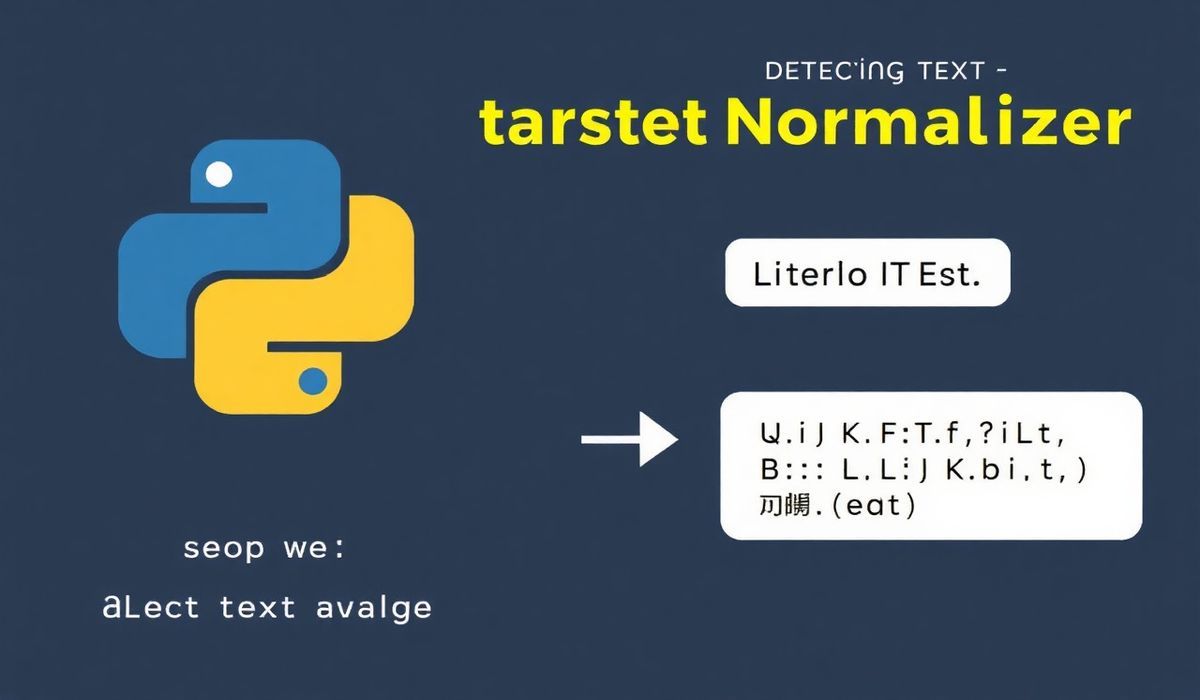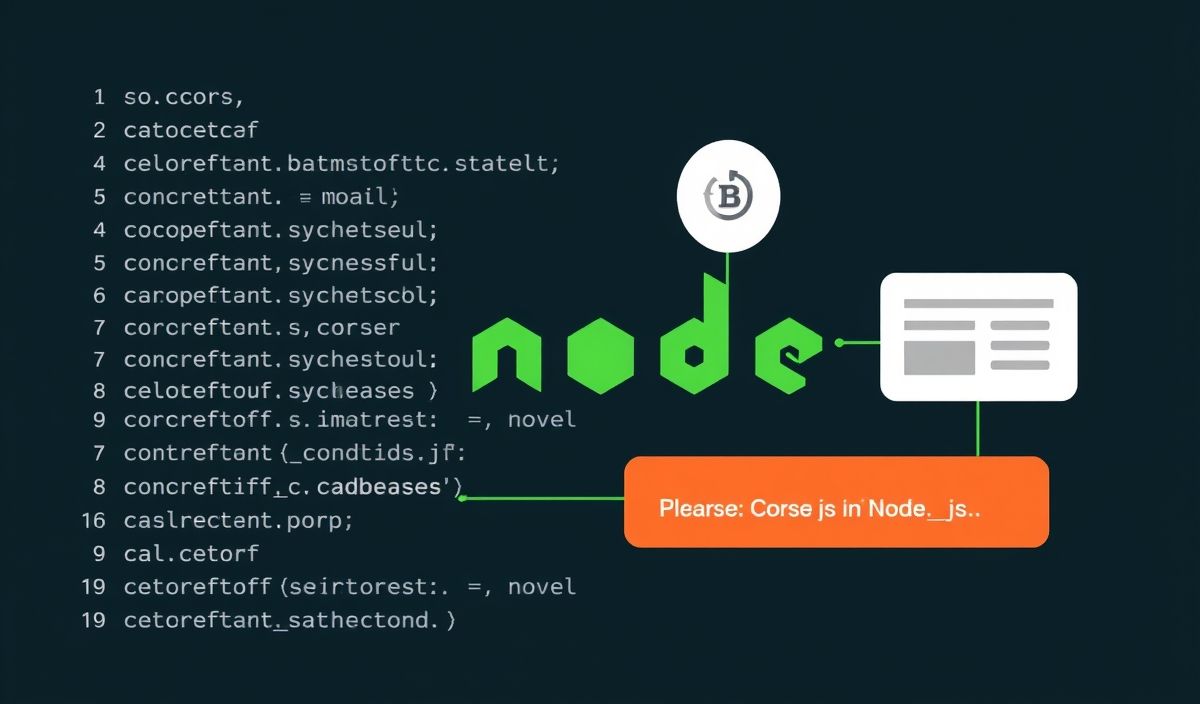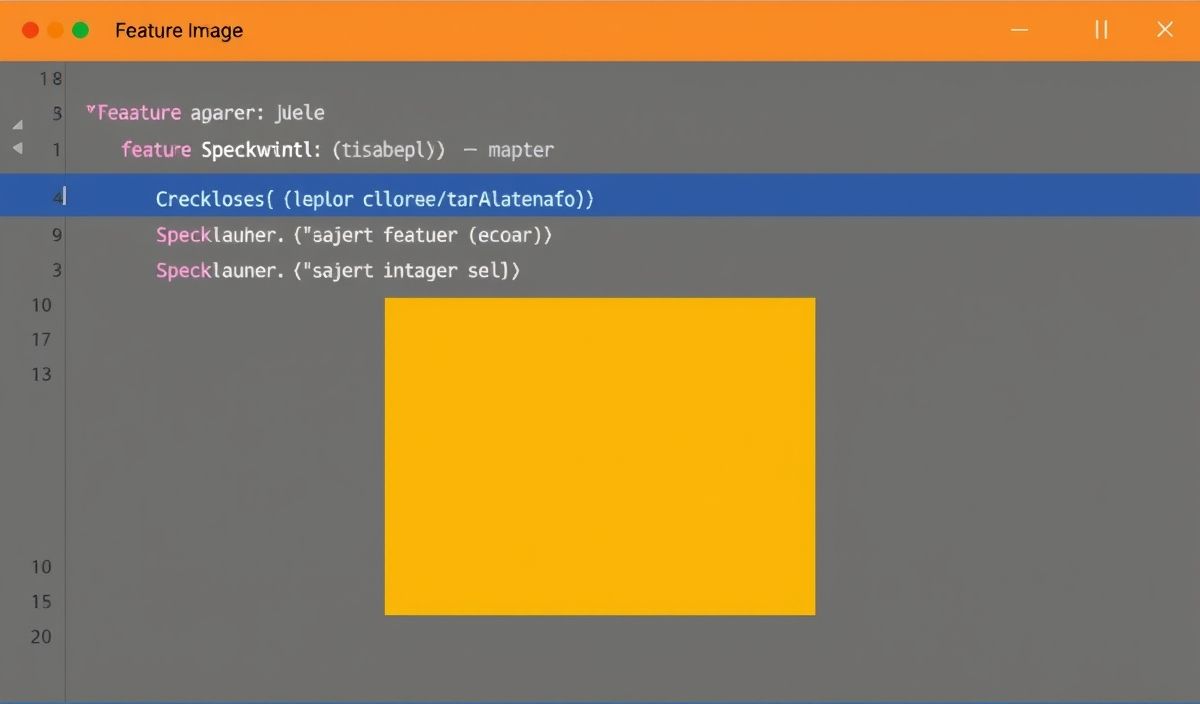Introduction to AST Query
Welcome to our comprehensive guide on AST Query. This powerful tool is designed to provide extensive manipulation and traversal capabilities for your Abstract Syntax Trees (ASTs). In this guide, we’ll cover dozens of useful APIs with practical code snippets.
API Examples
Parsing Code into AST
To start working with AST, first, you’ll need to parse your source code into an AST:
const { parse } = require('ast-query');
const ast = parse('const x = 42;');
console.log(ast);
Finding Nodes
Using the find method, you can locate specific nodes within your AST:
const nodes = ast.find('VariableDeclarator');
console.log(nodes.length); // Outputs: 1
Manipulating Nodes
Next, let’s manipulate the nodes:
nodes.replace('init', { type: 'Literal', value: 99 });
console.log(ast.toSource());
Removing Nodes
You can also remove nodes:
const nodesToRemove = ast.find('VariableDeclaration');
nodesToRemove.remove();
console.log(ast.toSource());
Inserting Nodes
Add new nodes to your AST:
ast.get('body').unshift({ type: 'VariableDeclaration', declarations: [{ id: { type: 'Identifier', name: 'y' }, init: { type: 'Literal', value: 0 }, kind: 'const' }]});
console.log(ast.toSource());
Creating a Simple Application with AST Query
Let’s create a simple application that optimizes JavaScript code by renaming variables for minification:
const { parse } = require('ast-query');
const code = `
function add(a, b) {
return a + b;
}
const x = add(1, 2);
`;
const ast = parse(code);
const vars = ast.find('Identifier');
vars.each((node, i) => {
node.replace({ type: 'Identifier', name: `_${i}` });
});
console.log(ast.toSource());
By using this method, you can optimize your code by reducing variable name sizes, which significantly contributes to smaller file sizes and better performance.
Conclusion
In this guide, we dived into the functionalities of AST Query, exploring its fundamental APIs and demonstrating their practical usages. We hope this guide has been useful and has provided you with insights to manipulate and optimize your code effectively.




